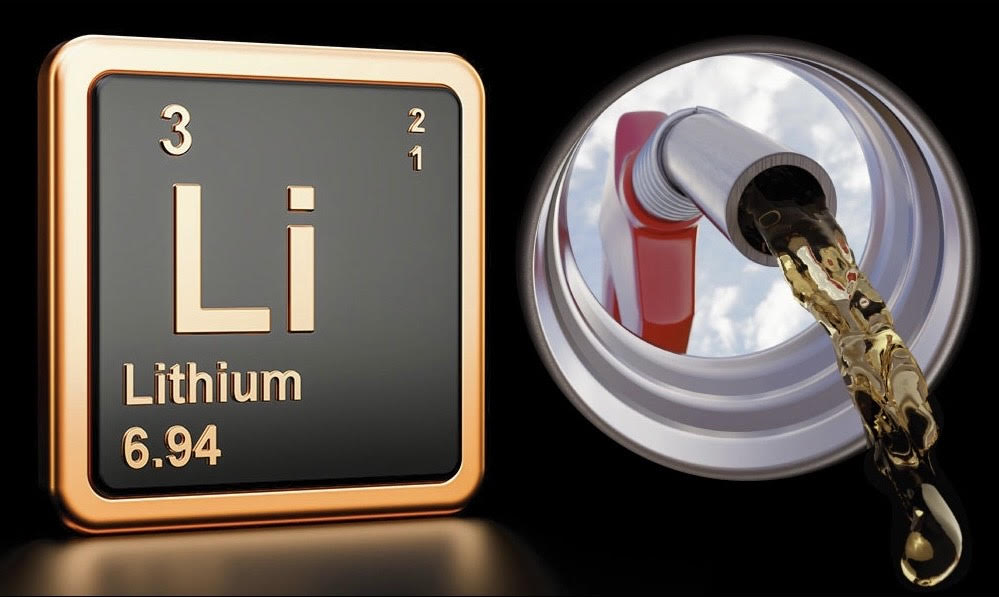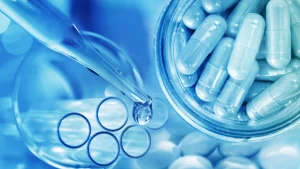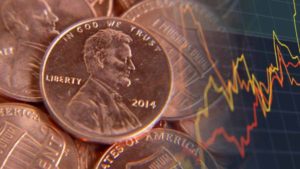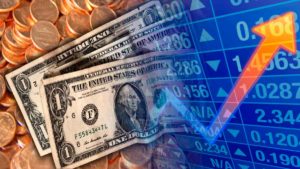
When President Biden signed orders to block the Keystone XL pipeline and re-enter the Paris Agreement, it was clear that the future of the U.S. was quickly headed in the green energy direction and fossil fuels like gasoline will one day be an energy source of the past. This was a huge boost for the overall electronic automotive industry, or (EV) as they call it, which has grown by leaps and bounds.
Sector giant Tesla (NASDAQ: TSLA), run by billionaire Elon Musk, has been a fan favorite amongst the investment community who have prospered significantly from trading the company’s stock over the last few years. In June of 2019, Tesla (post-split-adjusted) was around $40/share, now 19 months later, the stock has recently touched $840/share — a whopping 1200% return.
The success of Tesla has opened the floodgates for entrepreneurs from Nikola Motors Corp (NASDAQ: NKLA), Fisker (NYSE: FSR) around the globe to dive into the electric vehicle space. As they say, a rising tide lifts all boats. The rise of Tesla has created opportunities sector-wide. It didn’t stop at cars, as next came trucks, then commercial trucks. These vehicles need to charge, so soon followed charging stations and battery makers. NIO Inc. (NYSE: NIO), Blink (NASDAQ: BLNK), and Workhorse (NASDAQ: WKHS).
Lithium Mining: Brine
Tesla has secured rights to 10,000 acres in Nevada where it aims to produce lithium from clay deposits. This move would make Tesla the first company in the world to commercially produce the white metal from clay. Lithium is produced either from brine, commonly found in South America, or spodumene hard rock, usually in Australia. In Nevada, Tesla and other companies plan to mix clay with table salt and then add water, which it says causes a reaction where the salt would leach out with lithium, which can then be extracted. The leftover clay would be put back into the earth to mitigate environmental damage. Lithium Americas, another company in the area, has said it is confident it can successfully extract lithium from clay through a process that involves acid leaching. Tesla said its process won’t involve any acid. How will BRLL/ATAO/ABML do it? How many acres do they have and tons? Unofficial numbers we saw on the message forums were ABML 35 mil BRLL 150 mil. If correct, BRLL may be sitting on billions of dollars worth of the gasoline of the future.







